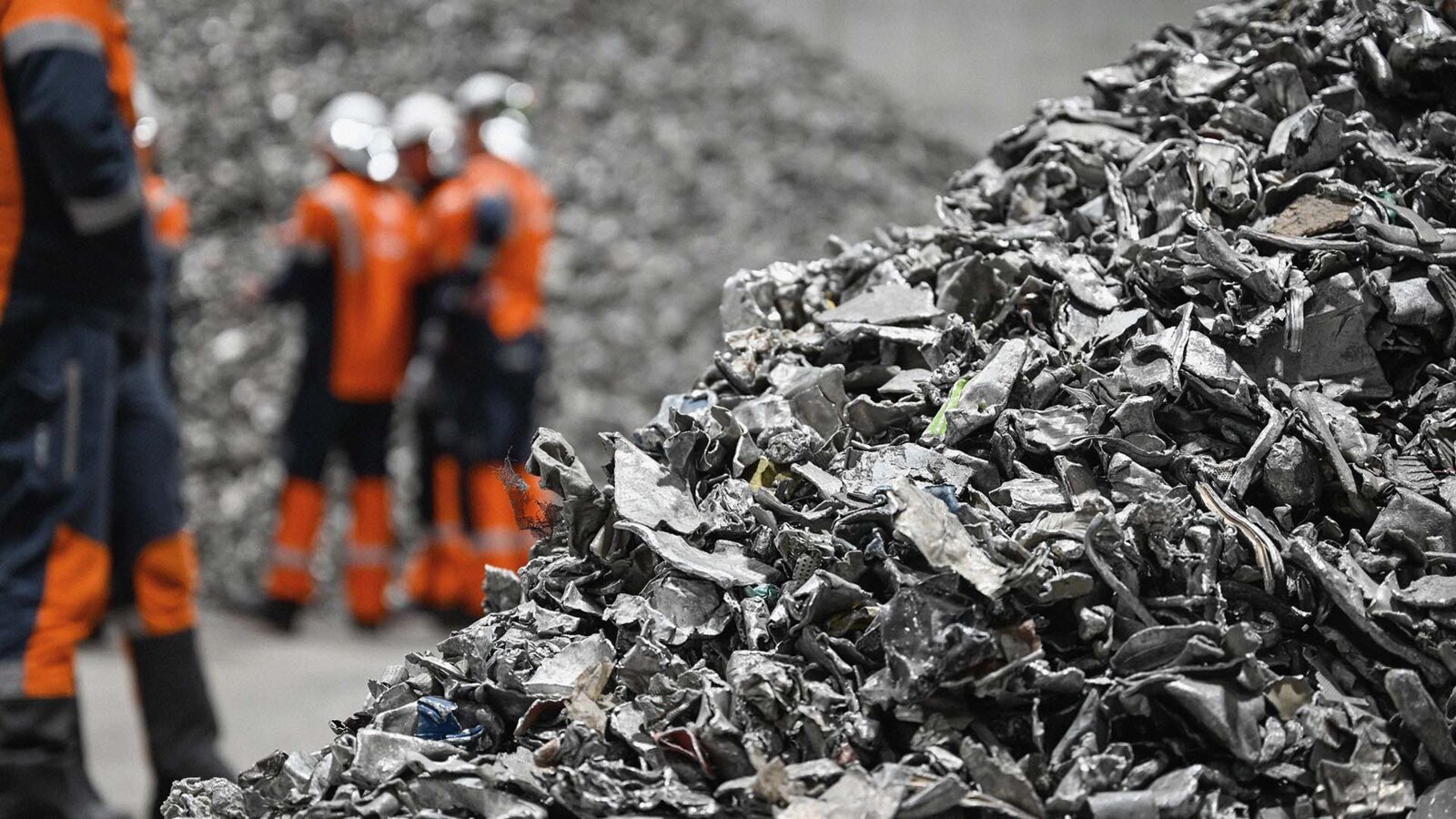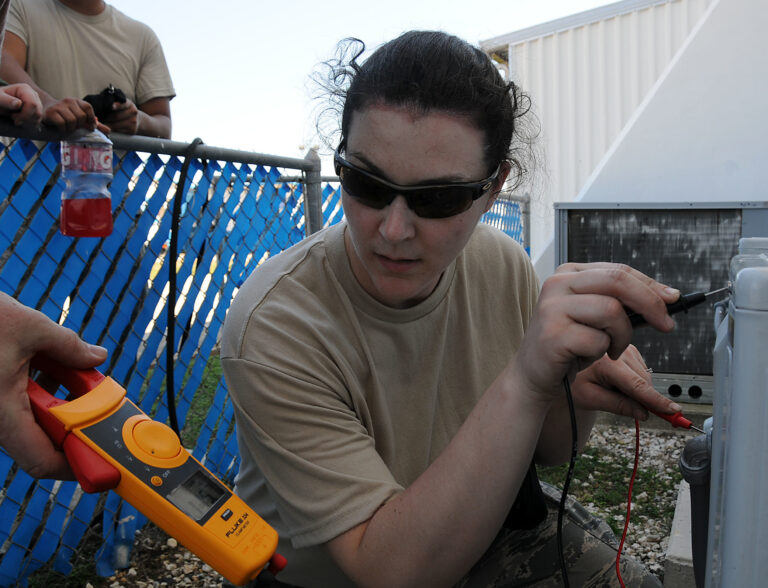Project Outcomes
Critical metals like cobalt and nickel are essential for electric vehicles and renewable energy technologies, yet their production is energy-intensive and dependent on mining (Grandell et al., 2016). Recycling from waste streams is crucial to closing supply gaps and reducing environmental impacts.
Nth Cycle’s Oyster electro-extraction system provides a cleaner alternative to traditional smelting and chemical leaching for recovering critical metals like nickel, cobalt, and manganese from used batteries and other industrial wastes. These metals are essential for building electric vehicles and renewable energy technologies, but today’s production methods are energy-intensive and polluting. The goal of this project is to study new materials and methods to improve the energy efficiency, selectivity, and durability of the current electro-extraction system.
The project advanced in three stages. First, chemical modelling showed that metals behave differently depending on the acidity of the solution, and that there is a ‘sweet spot’ where cobalt can be separated before nickel. Second, hundreds of possible electrode materials were reviewed, and a small group was selected for having the right balance of high activity, stability during operation, and affordability. Third, different types of membranes were compared, focusing on those that can conduct ions quickly, last a long time under both acidic and alkaline conditions, and resist fouling. By combining these findings, the research pointed to materials that make Oyster system more efficient today while also showing what innovations may be useful in the future.
This research project produced detailed literature review reports, material comparisons, and practical recommendations that Nth Cycle can use to improve Oyster system. These outputs could help lower the energy cost of metal recovery, increase the purity of the recovered materials, and extend the lifetime of the system.
One of the key lessons learned in this research was that pairing cost-effective electrodes with durable membranes can deliver immediate benefits while setting the stage for long-term innovation. This work could strengthen circular economy solutions for critical metals and contribute to global goals for clean energy, sustainable production, and climate action.
Key technology/tools used: Visual MINTEQ, Google Scholar, MS Excel

Metal waste can be transformed into valuable resources, helping reduce the need for new mining through recycling and circular economy solutions. Image credit: International Council on Mining and Metals (ICMM), icmm.com.
